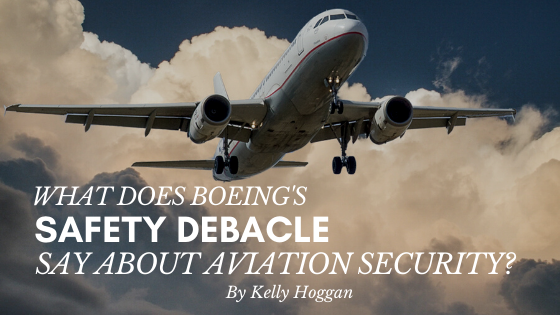In March of 2019, the Seattle Times reported on the mistakes that stemmed from oversight gone wrong.
The FAA cited a lack of funding and resources, leading to the administration giving Boeing more authority over the years when it comes to certifying the safety of its own airplanes. As a critical lack of checks and balances, it’s time to discuss oversight.
What Went Wrong?
Before discussing what went wrong with quality control, it is important to consider the tragic events that resulted in deeper investigations. Unfortunately, two crashes led to the deaths of 346 people.
An automatic anti-stall system led to improper corrections, according to the 2019 findings. The MCAS (Maneuvering Characteristics Augmentation System) takes information such as oncoming airflow to measure the aircraft’s angle of attack.
When certain safety conditions are met, the MCAS adjusts the horizontal tail in order to alter the aircraft’s angle accordingly. Two crashes—one from Ethiopian Airlines and another from Lion Air—are thought to have been caused by MCAS errors.
In addition to the MCAS issues, inspections discovered structural support cracks in earlier 737 versions.
When Is Self-Policing Appropriate?
The problem on the minds of the public is simple: Why would a company be allowed to regulate its own safety checks so directly? What is the point of a regulatory administration such as the FAA if they delegate to the companies they scrutinize?
Multiple FAA technical experts were interviewed, and they discussed how managers pressured them to speed up the MAX certification process. Part of the time crisis was because the MAX development timeline was nine months behind their rival Airbus’s A320neo.
One former FAA safety engineer who had been part of the MAX certification process said that a request was made to reconsider what aspects of the process would be delegated. It was believed that too much was being retained by the FAA.
Even without handing the keys to certification processes directly to the company, it shows the pressure that Boeing had against FAA engineers and officials. Could this have been prevented? Is it an issue stemming from a lack of funding or something more?
In January 2020, emails showed that Boeing tried to downplay the importance of advanced flight simulators to airlines. Pilots are often required to certify themselves on simulators prior to flying a new aircraft model.
Questions about the MAX project still remain in regards to its safety. Were the issues with the simulator design and debugging procedures as the result of an effort to reduce costs? Are there still unprepared parts of the MAX project? Why release it to the market in unsafe status if so?
The MAX is still grounded as of February 2020.


